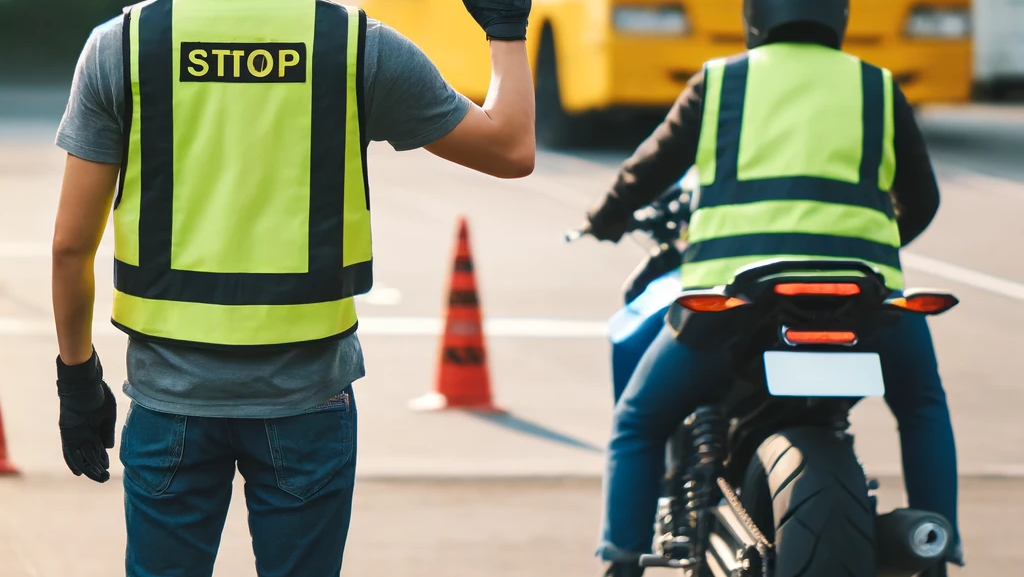Ready to hit the open road on two wheels? Our beginner’s guide to motorcycle riding covers everything from basic controls to safety tips, ensuring a smooth start to your riding journey.
Introduction
Riding a motorcycle can be one of the most exhilarating experiences. The sense of freedom, the thrill of the open road, and the connection with the machine are unparalleled. However, if you’re a beginner, it can also seem daunting. Don’t worry—this guide will walk you through the basics of riding a motorcycle, from understanding the controls to your first ride.
Understanding the Motorcycle Controls
Before you even start the engine, it’s crucial to familiarize yourself with the motorcycle controls. Here’s a quick rundown:
- Throttle: Located on the right handlebar, it controls your speed.
- Front Brake: Also on the right handlebar, it’s used for stopping the front wheel.
- Rear Brake: Operated by a pedal near your right foot.
- Clutch: On the left handlebar, used for shifting gears.
- Gear Shifter: Found near your left foot, it changes the gears.
- Ignition and Kill Switch: The ignition is usually near the handlebars or on the side, while the kill switch is on the right handlebar.
Getting Ready to Ride
1. Wear Proper Gear
Safety first! Always wear:
- A DOT-approved helmet
- Riding gloves
- Protective jacket and pants
- Sturdy boots
2. Check Your Motorcycle
Before riding, perform a pre-ride check:
- Tires: Ensure they’re properly inflated.
- Brakes: Test both front and rear brakes.
- Lights and Signals: Make sure all are functioning.
- Fluids: Check oil, fuel, and coolant levels.
Starting the Motorcycle
- Mount the Motorcycle: Approach from the left side and swing your right leg over.
- Turn the Ignition On: Insert the key and turn it to the ‘on’ position.
- Check the Gear: Ensure the bike is in neutral (the neutral light should be on).
- Start the Engine: Pull in the clutch and press the start button.
Basic Riding Techniques
1. Accelerating and Decelerating
- Throttle Control: Twist the throttle towards you to accelerate. Release it to slow down.
- Braking: Use both front and rear brakes together for smooth stops. Avoid using only the front brake, especially on slippery surfaces.
2. Shifting Gears
- Clutch and Gear Shifter: Pull in the clutch, use your left foot to press down the gear shifter into first gear, then slowly release the clutch while gently rolling on the throttle.
- Upshifting and Downshifting: For higher gears, pull in the clutch and lift the gear shifter with your left foot. For lower gears, press down the shifter.
3. Turning and Cornering
- Look Where You Want to Go: Your motorcycle will follow your eyes.
- Lean with the Bike: Lean your body in the direction of the turn.
- Slow Down Before Turning: Reduce speed before entering a turn, not while in it.
Practicing in a Safe Area
Find an empty parking lot or a quiet street to practice:
- Start and Stop: Practice smooth starts and stops.
- Gear Shifts: Get comfortable shifting up and down through the gears.
- Turning: Practice both left and right turns, as well as U-turns.
Riding on the Road
Once you’re comfortable with the basics, it’s time to hit the road:
- Stay Visible: Always be aware of your surroundings and ensure other drivers can see you.
- Follow Traffic Rules: Obey speed limits, signs, and signals.
- Keep a Safe Distance: Maintain enough space between you and the vehicle in front.
Safety Tips for Beginners
- Stay Alert: Always be aware of your surroundings and potential hazards.
- Ride Defensively: Assume other drivers don’t see you.
- Avoid Riding in Bad Weather: Rain, snow, and strong winds can make riding dangerous.
- Regular Maintenance: Keep your motorcycle in good condition.

